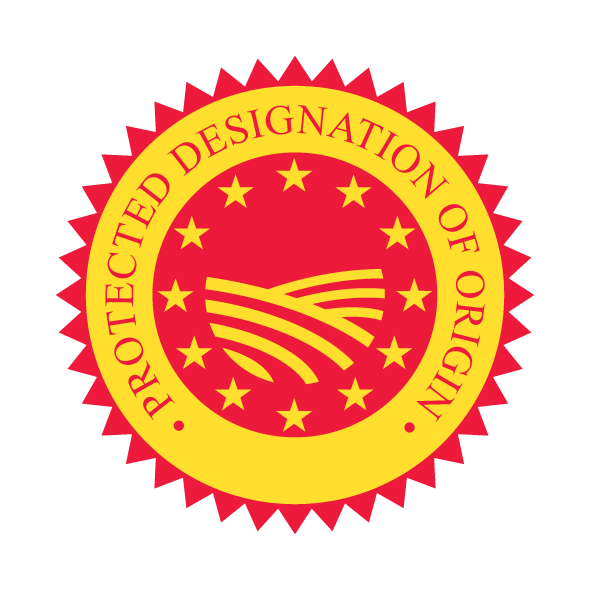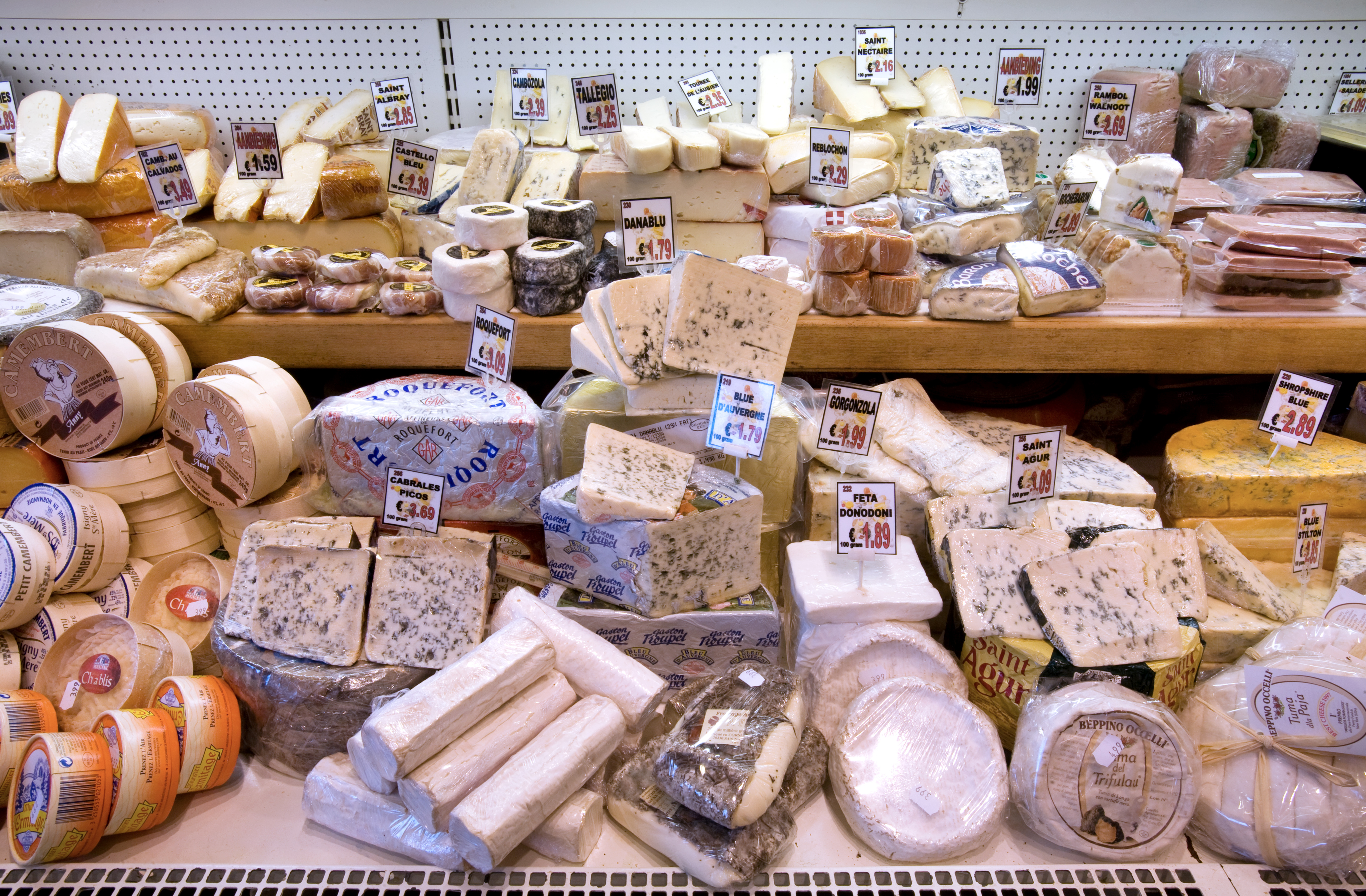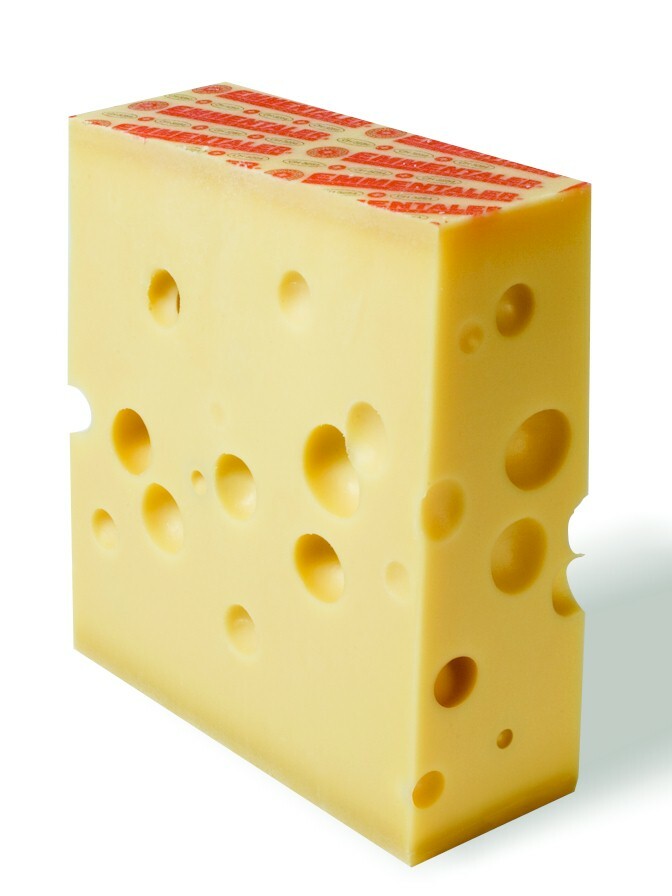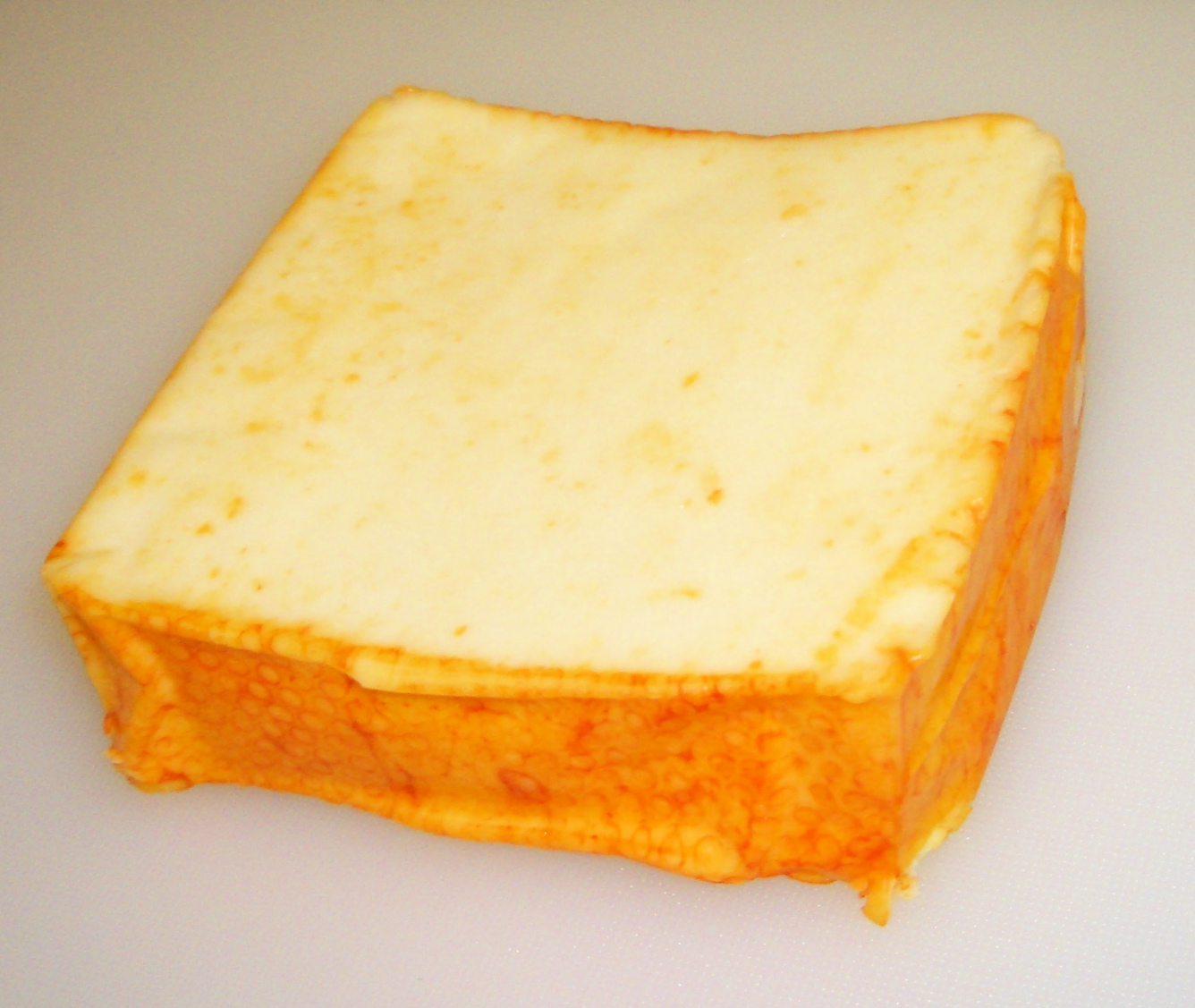|
Raschera
Raschera is an Italian pressed fat or medium fat, semi-hard cheese made with raw or pasteurized cow milk, to which a small amount of sheep's and/or goat's milk may be added. It has an ivory white color inside with irregularly spaced small eyes, and a semi-hard rind which is red gray sometimes with yellow highlights. It has a savory and salty taste, similar to Muenster cheese, and can be moderately sharp if the cheese has been aged. The cheese was given an Italian protected designation of origin (DOP) in July 1996, and may also carry the name "di alpeggio" (from mountain pasture) if the cheese was made in the mountainous areas of its designated province of Cuneo The province of Cuneo (; ) is a province in the Piedmont region of Italy. To the west, it borders the French region of Provence-Alpes-Côte d'Azur ( departments of Alpes-Maritimes, Alpes-de-Haute-Provence and Hautes-Alpes), to the north the .... See also * List of Italian cheeses References External links R ... [...More Info...] [...Related Items...] OR: [Wikipedia] [Google] [Baidu] |
Italian Products With Protected Designation Of Origin
This is a list of Italian EU protected geographical indications as defined in the Council of the European Union Regulation CE 510/2006, which fall into three schemes. * 138 Italian products have protected designation of origin (PDO) or DOP () * 83 Italian products have protected geographical indication (PGI) or IGP () * 4 Italian products are traditional speciality guaranteed (TSG). They are: mozzarella and pizza napoletana, amatriciana tradizionale, and vincisgrassi alla maceratese To which they must be added: * 39 Italian products have geographical indication (GI) or IG () PDO, PGI, TSG Sources: Official data of the Italian Ministry of Agriculture updated on 15 February 2011 and of thQuality schemes explainedon the Europa.eu website. of GI List of GI products, pursuant to Annex III of thLegislative Resolution of the European Parliament n ° P6-TA-2007-0259 of 19 June 2007 "on the proposal for a Regulation of the European Parliament and of the Council relating to the de ... [...More Info...] [...Related Items...] OR: [Wikipedia] [Google] [Baidu] |
Italy
Italy, officially the Italian Republic, is a country in Southern Europe, Southern and Western Europe, Western Europe. It consists of Italian Peninsula, a peninsula that extends into the Mediterranean Sea, with the Alps on its northern land border, as well as List of islands of Italy, nearly 800 islands, notably Sicily and Sardinia. Italy shares land borders with France to the west; Switzerland and Austria to the north; Slovenia to the east; and the two enclaves of Vatican City and San Marino. It is the List of European countries by area, tenth-largest country in Europe by area, covering , and the third-most populous member state of the European Union, with nearly 59 million inhabitants. Italy's capital and List of cities in Italy, largest city is Rome; other major cities include Milan, Naples, Turin, Palermo, Bologna, Florence, Genoa, and Venice. The history of Italy goes back to numerous List of ancient peoples of Italy, Italic peoples—notably including the ancient Romans, ... [...More Info...] [...Related Items...] OR: [Wikipedia] [Google] [Baidu] |
Piedmont
Piedmont ( ; ; ) is one of the 20 regions of Italy, located in the northwest Italy, Northwest of the country. It borders the Liguria region to the south, the Lombardy and Emilia-Romagna regions to the east, and the Aosta Valley region to the northwest. Piedmont also borders Switzerland to the north and France to the west. Piedmont has an area of , making it the second-largest region of Italy after Sicily. It has 4,255,702 inhabitants as of 2025. The capital of Piedmont is Turin, which was also the capital of the Kingdom of Italy from 1861 to 1865. Toponymy The French ''Piedmont'', the Italian ''Piemonte'', and other variant cognates come from the medieval Latin or , i.e. , meaning "at the foot of the mountains" (referring to the Alps), attested in documents from the end of the 12th century. Geography Piedmont is surrounded on three sides by the Alps, including Monte Viso, Monviso, where the Po River, river Po rises, and Monte Rosa. It borders France (Auvergne-Rhône ... [...More Info...] [...Related Items...] OR: [Wikipedia] [Google] [Baidu] |
Cuneo
Cuneo (; ; ; ) is a city and in Piedmont, Italy, the capital of the province of Cuneo, the fourth largest of Italy’s provinces by area. It is located at 550 metres (1,804 ft) in the south-west of Piedmont, at the confluence of the rivers Stura di Demonte, Stura and Gesso (river), Gesso. Cuneo is bounded by the municipalities of Beinette, Borgo San Dalmazzo, Boves, Piedmont, Boves, Busca, Piedmont, Busca, Caraglio, Castelletto Stura, Centallo, Cervasca, Morozzo, Peveragno, Tarantasca and Vignolo. It is located near six mountain passes: *Colle della Maddalena at *Colle di Tenda at – Traforo stradale del Colle di Tenda, Tunnel of Tenda at , long *Colle del Melogno at *Colle San Bernardo at *Colle di Nava at *Bocchetta di Altare, Colle di Cadibona at . History Cuneo was founded in 1198 by the local population, who declared it an independent commune, freeing themselves from the authority of the bishops of Asti and the marquisate of Monferrat, marquisses of Mo ... [...More Info...] [...Related Items...] OR: [Wikipedia] [Google] [Baidu] |
Protected Designation Of Origin
The protected designation of origin (PDO) is a type of geographical indication of the European Union aimed at preserving the designations of origin of food-related products. The designation was created in 1992 and its main purpose is to designate products that have been produced, processed and developed in a specific geographical area, using the recognized know-how of local producers and ingredients from the region concerned. Features The characteristics of the products protected are essentially linked to their terroir. The European or UK PDO logo, of which the use is compulsory, documents this link. European Regulation 510/2006 of 20 March 2006 acknowledges a priority to establish a community protection system that ensures equal conditions of competition between producers. This European Regulation is intended to guarantee the reputation of regional products, adapt existing national protections to make them comply with the requirements of the World Trade Organization, and info ... [...More Info...] [...Related Items...] OR: [Wikipedia] [Google] [Baidu] |
Semi-hard Cheese
There are many different types of cheese, which can be grouped or classified according to criteria such as: length of fermentation, texture, production method, fat content, animal source of the milk, and country or region of origin. These criteria may be used either singly or in combination, with no method used universally. The most common traditional categorization is based on moisture content, which is then further narrowed down by fat content and curing or ripening methods. The combination of types produces around 51 different varieties recognized by the International Dairy Federation, over 400 identified by Walter and Hargrove, over 500 by Burkhalter, and over 1,000 by Sandine and Elliker. Some attempts have been made to rationalize the classification of cheese; a scheme was proposed by Pieter Walstra that uses the primary and secondary starter combined with moisture content, and Walter and Hargrove suggested classifying by production methods. This last scheme results in 18 ... [...More Info...] [...Related Items...] OR: [Wikipedia] [Google] [Baidu] |
Cheese
Cheese is a type of dairy product produced in a range of flavors, textures, and forms by coagulation of the milk protein casein. It comprises proteins and fat from milk (usually the milk of cows, buffalo, goats or sheep). During production, milk is usually acidified and either the enzymes of rennet or bacterial enzymes with similar activity are added to cause the casein to coagulate. The solid curds are then separated from the liquid whey and pressed into finished cheese. Some cheeses have aromatic molds on the rind, the outer layer, or throughout. Over a thousand types of cheese exist, produced in various countries. Their styles, textures and flavors depend on the origin of the milk (including the animal's diet), whether they have been pasteurised, the butterfat content, the bacteria and mold, the processing, and how long they have been aged. Herbs, spices, or wood smoke may be used as flavoring agents. Other added ingredients may include black pepper, ... [...More Info...] [...Related Items...] OR: [Wikipedia] [Google] [Baidu] |
Eyes (cheese)
Eyes are the round holes that are a characteristic feature of Swiss-type cheese (e.g. Emmentaler cheese) and some Dutch-type cheeses. The eyes are formed by bubbles of carbon dioxide gas during the cheesemaking process. The gas is produced by various species of bacteria in the cheese. Swiss cheese In Swiss-type cheeses, the eyes form as a result of the activity of propionic acid bacteria (''propionibacteria''), notably ''Propionibacterium freudenreichii'' subsp. ''shermanii''.P.L.H. McSweeney, ''Biochemistry of Cheese Ripening: Introduction and Overview'', in: Fox, p. 349 These bacteria transform lactic acid into propionic acid and carbon dioxide, according to the formula: :3 lactate → 2 propionate + acetate + CO2 + H2O The CO2 so produced accumulates at weak points in the curd, where it forms the bubbles that become the cheese's eyes. Not all CO2 is so trapped: in an cheese, about 20 L of CO2 remain in the eyes, while 60 L remain dissolved in the cheese mass and 40 ... [...More Info...] [...Related Items...] OR: [Wikipedia] [Google] [Baidu] |
Muenster Cheese
Muenster ( or ) is a semi-soft cheese created in the United States. It is thought to be an imitation of Munster cheese, a washed-rind cheese originating in Munster, Haut-Rhin, Alsace, which was familiar to German immigrants. Its name is not related to the German cities of Münster, Westphalia, or Munster, Lower Saxony, nor to the Irish province of Munster. Muenster is pale in color and smooth in texture with an orange rind. The cheese is made from pasteurized cow's milk. The rind's orange color is from annatto, a sweet and nutty seasoning used to add flavor and color to cheeses such as Cheddar, Colby, Red Leicester, and Mimolette. Muenster usually has a very mild flavor and smooth, soft texture. In some cases, when properly aged, it can develop a strong flavor with a pungent aroma. This cheese is commonly served as an appetizer. Because it melts well, it is also often used in dishes such as grilled cheese sandwiches, tuna melts, quesadillas, cheeseburgers, macaroni and che ... [...More Info...] [...Related Items...] OR: [Wikipedia] [Google] [Baidu] |
Denominazione Di Origine Controllata
The following four classification of wine, classifications of wine constitute the Italy, Italian system of labelling and legally protecting Italian wine: * ''Denominazione di origine'' (DO, rarely used; ; 'designation of origin'); * ''Indicazione geografica tipica'' (IGT; ; 'indication of geographical typicality'); * ''Denominazione di origine controllata'' (DOC; ; 'controlled designation of origin'); and * ''Denominazione di origine controllata e garantita'' (DOCG; ; 'controlled and guaranteed designation of origin'). The system was introduced in 1963 shortly after the Treaty of Rome established Italy as a founding member of the European Economic Community, and was modelled on the extant French ''appellation d'origine contrôlée'' (AOC) laws. It was overhauled in 1992 to match new European Union law on protected designation of origin, introducing the more general ''denominazione di origine protetta'' (DOP) designation for foods and agricultural products, including wines. Further ... [...More Info...] [...Related Items...] OR: [Wikipedia] [Google] [Baidu] |
Province Of Cuneo
The province of Cuneo (; ) is a province in the Piedmont region of Italy. To the west, it borders the French region of Provence-Alpes-Côte d'Azur ( departments of Alpes-Maritimes, Alpes-de-Haute-Provence and Hautes-Alpes), to the north the Metropolitan City of Turin, to the east the province of Asti and to the south the Ligurian provinces of Savona and Imperia. It is also known as , because it is the largest province in Piedmont and the fourth-largest in Italy (following Sassari, South Tyrol and Foggia). Briga Marittima and Tenda were part of this province before their cession to France in 1947. Municipalities Its capital is the city of Cuneo. Of the 250 comuni in the province, the largest by population are: The full list is: * Acceglio * Aisone * Alba * Albaretto della Torre * Alto * Argentera * Arguello * Bagnasco * Bagnolo Piemonte * Baldissero d'Alba * Barbaresco * Barge * Barolo * Bastia Mondovì * Battifollo * Beinette * Bellino * ... [...More Info...] [...Related Items...] OR: [Wikipedia] [Google] [Baidu] |








